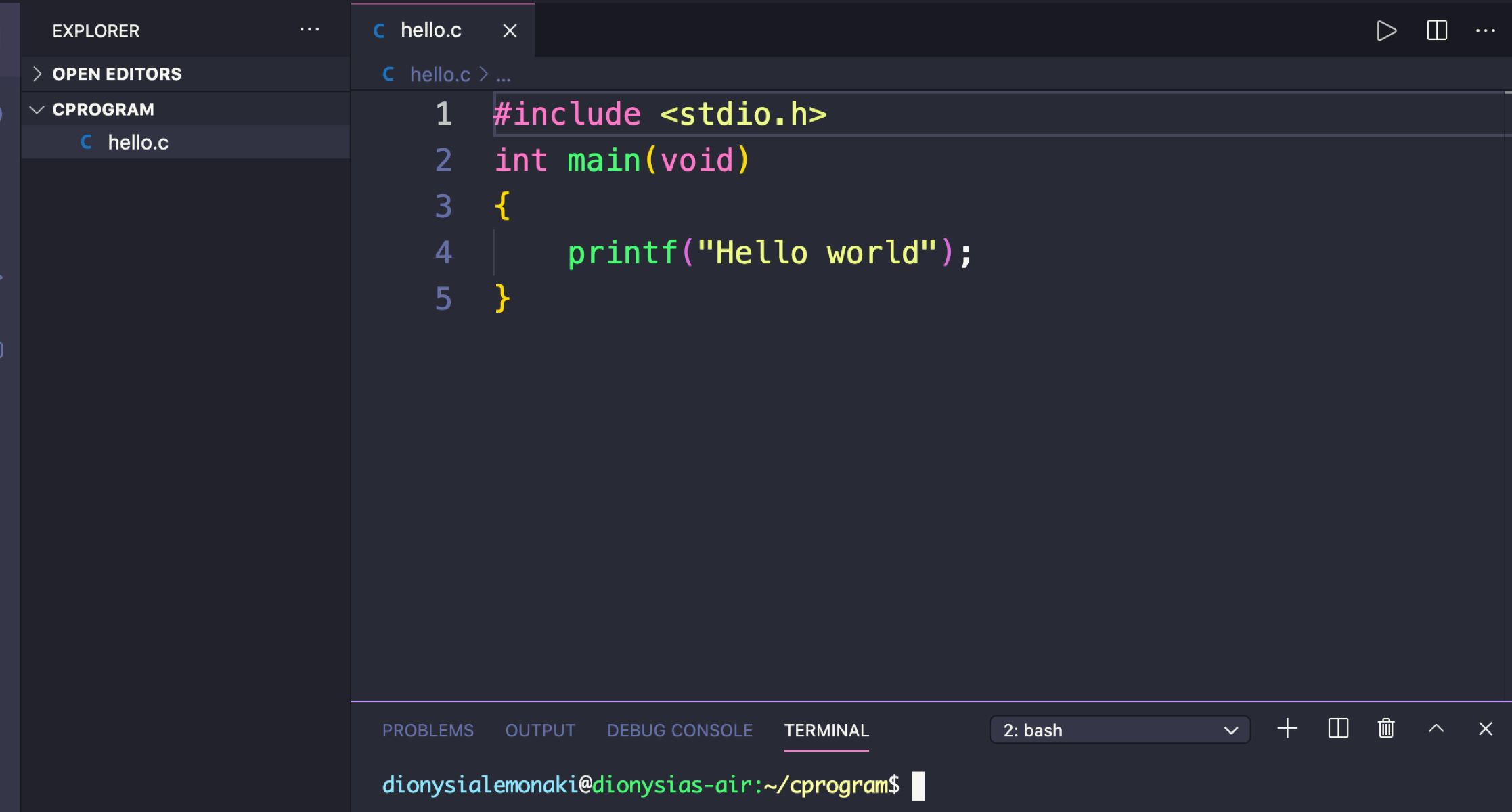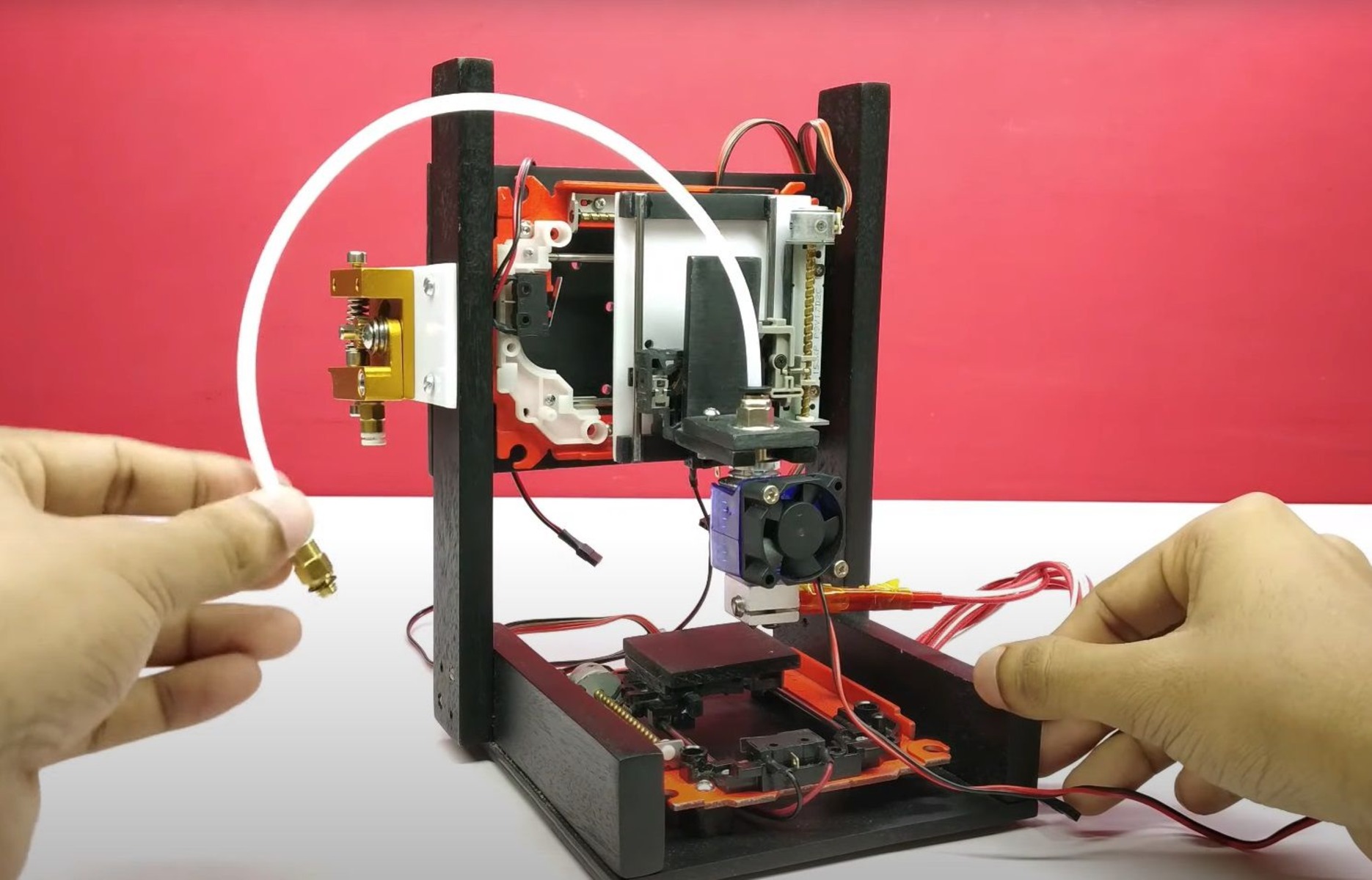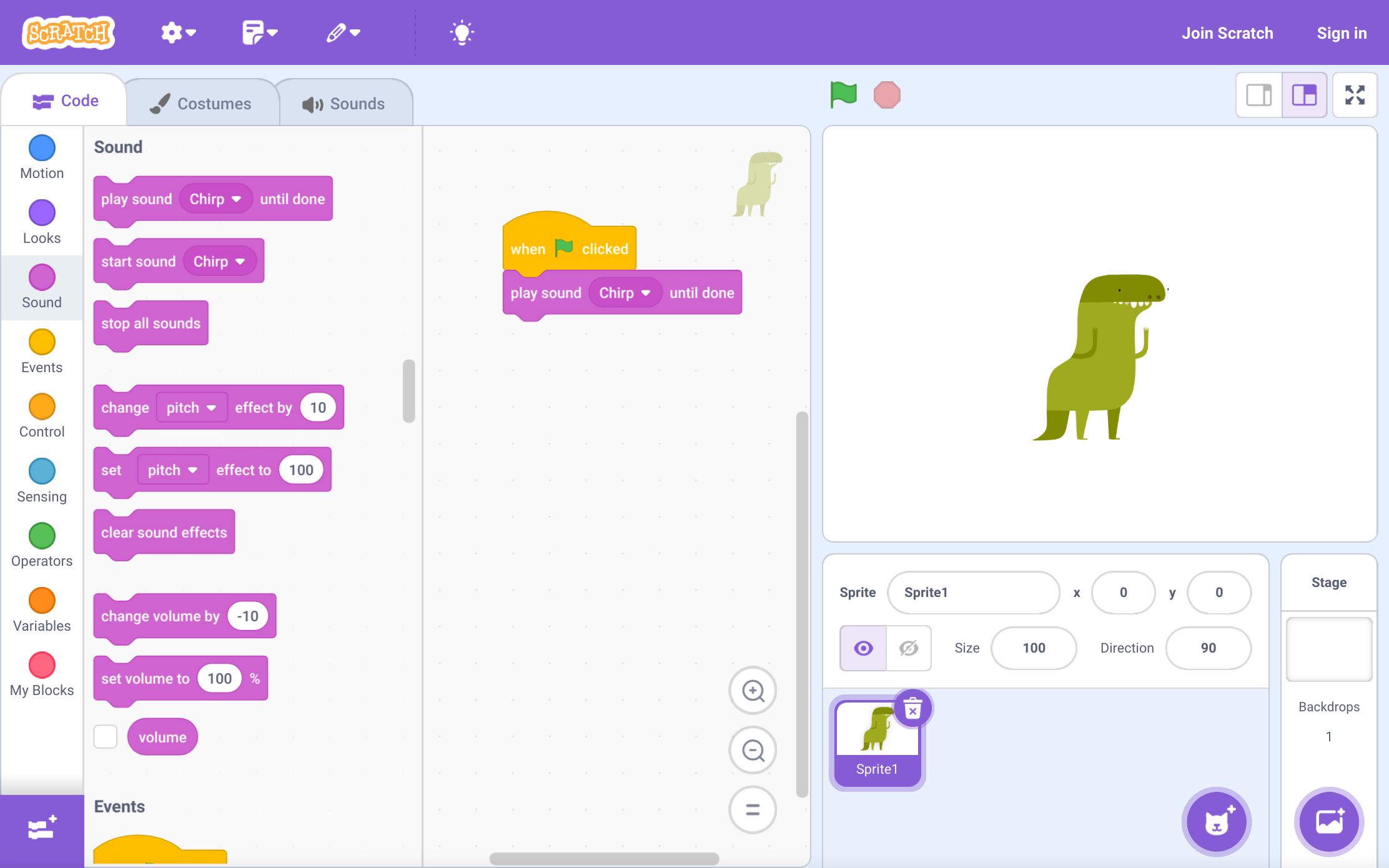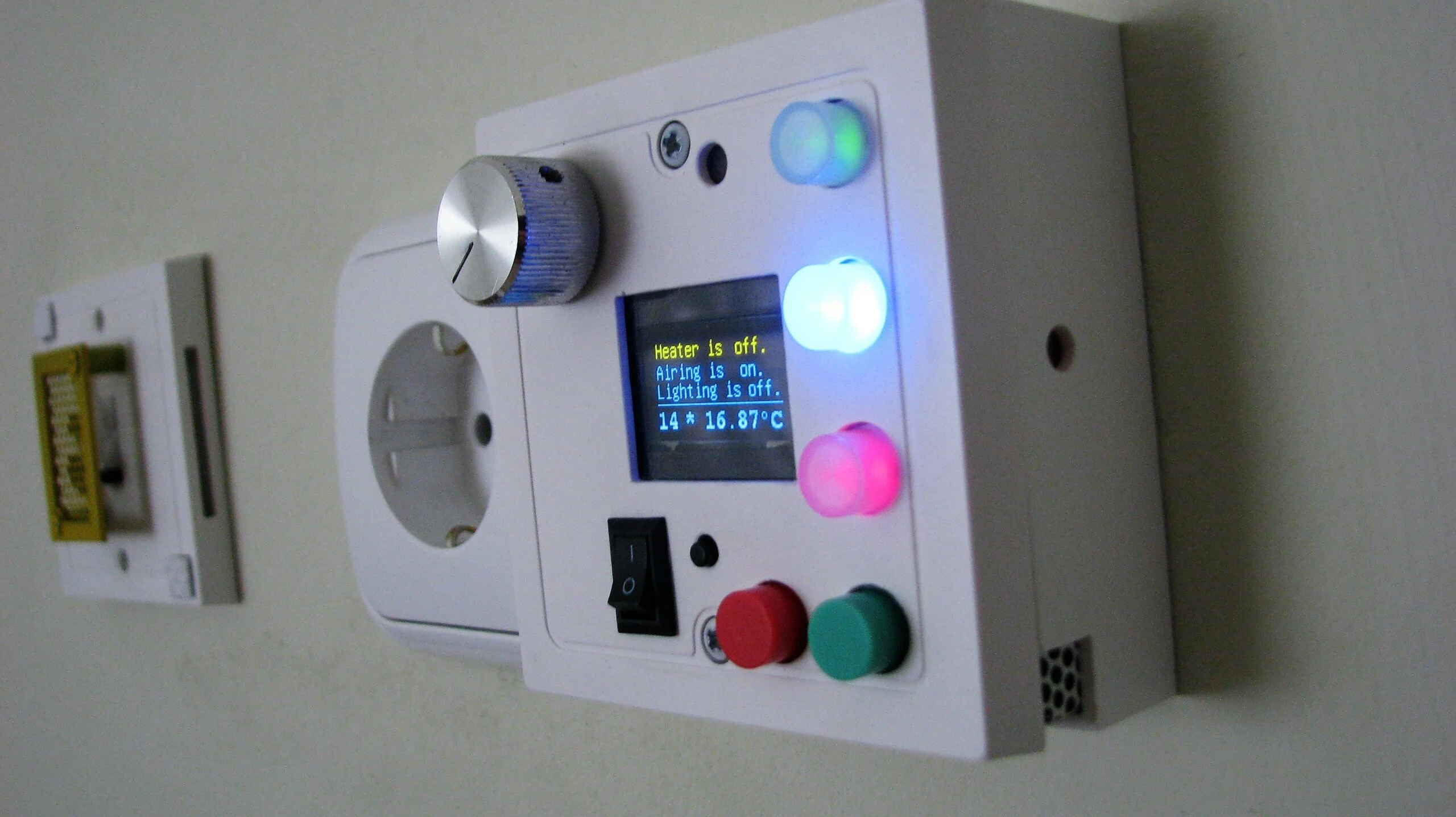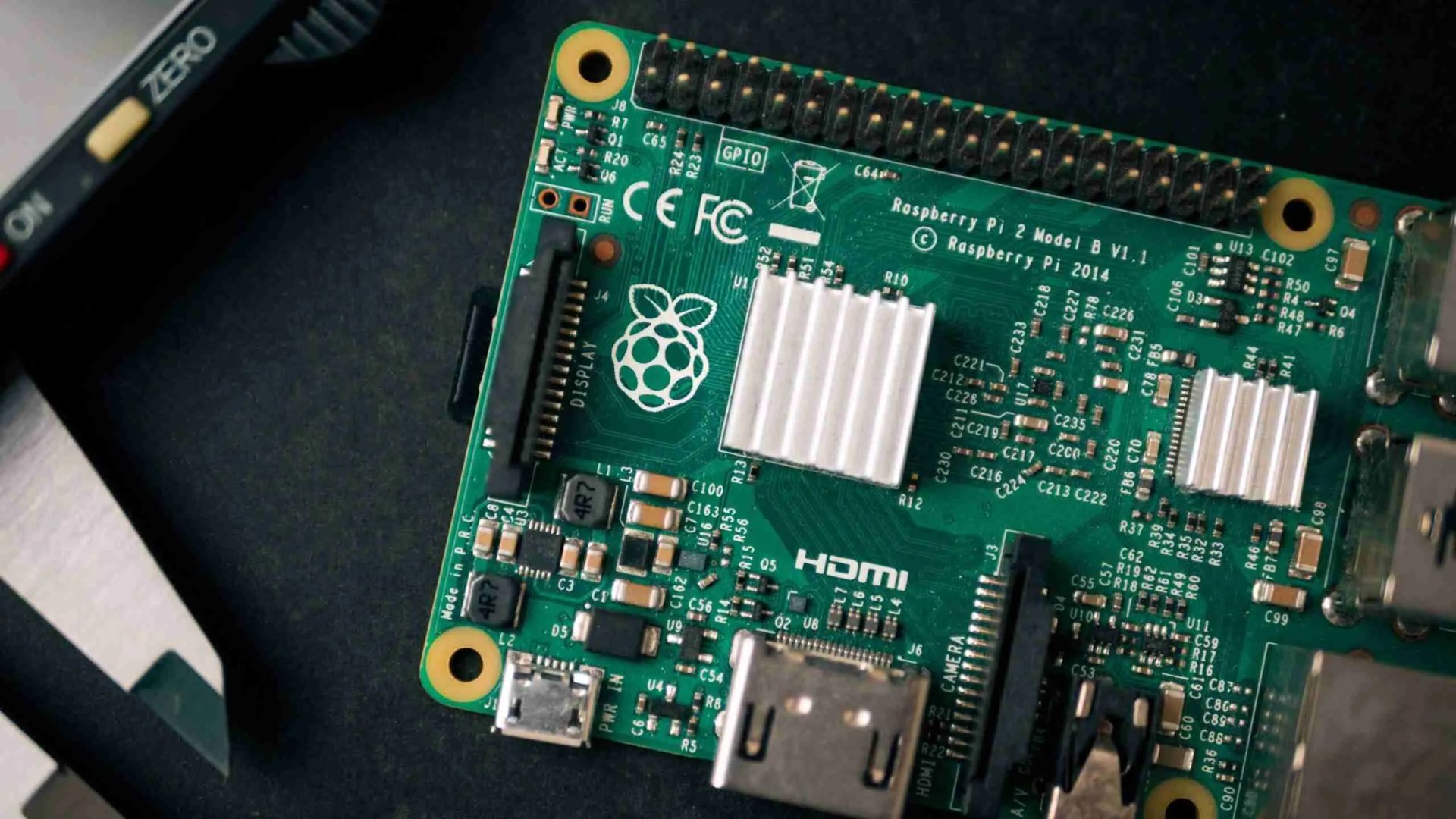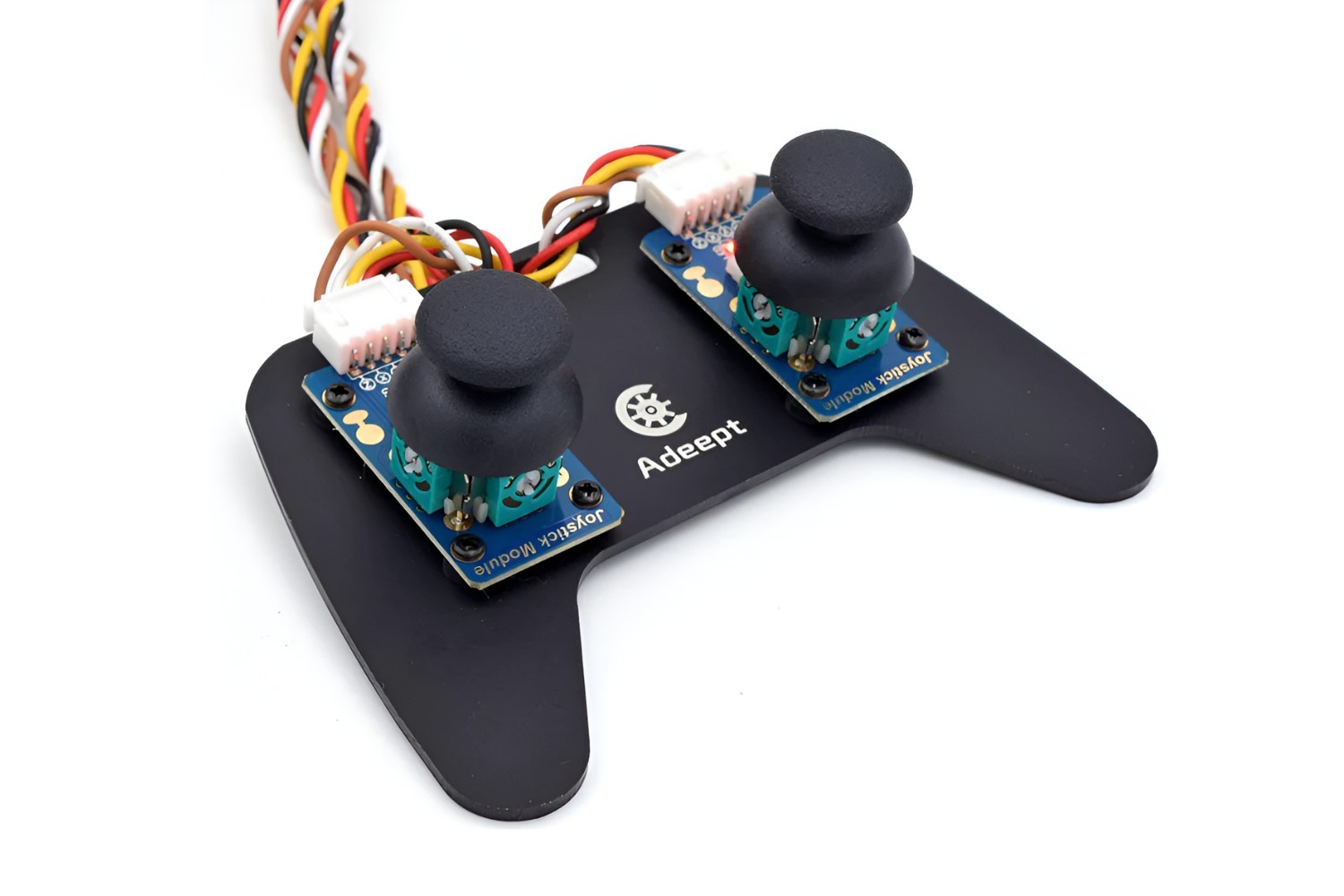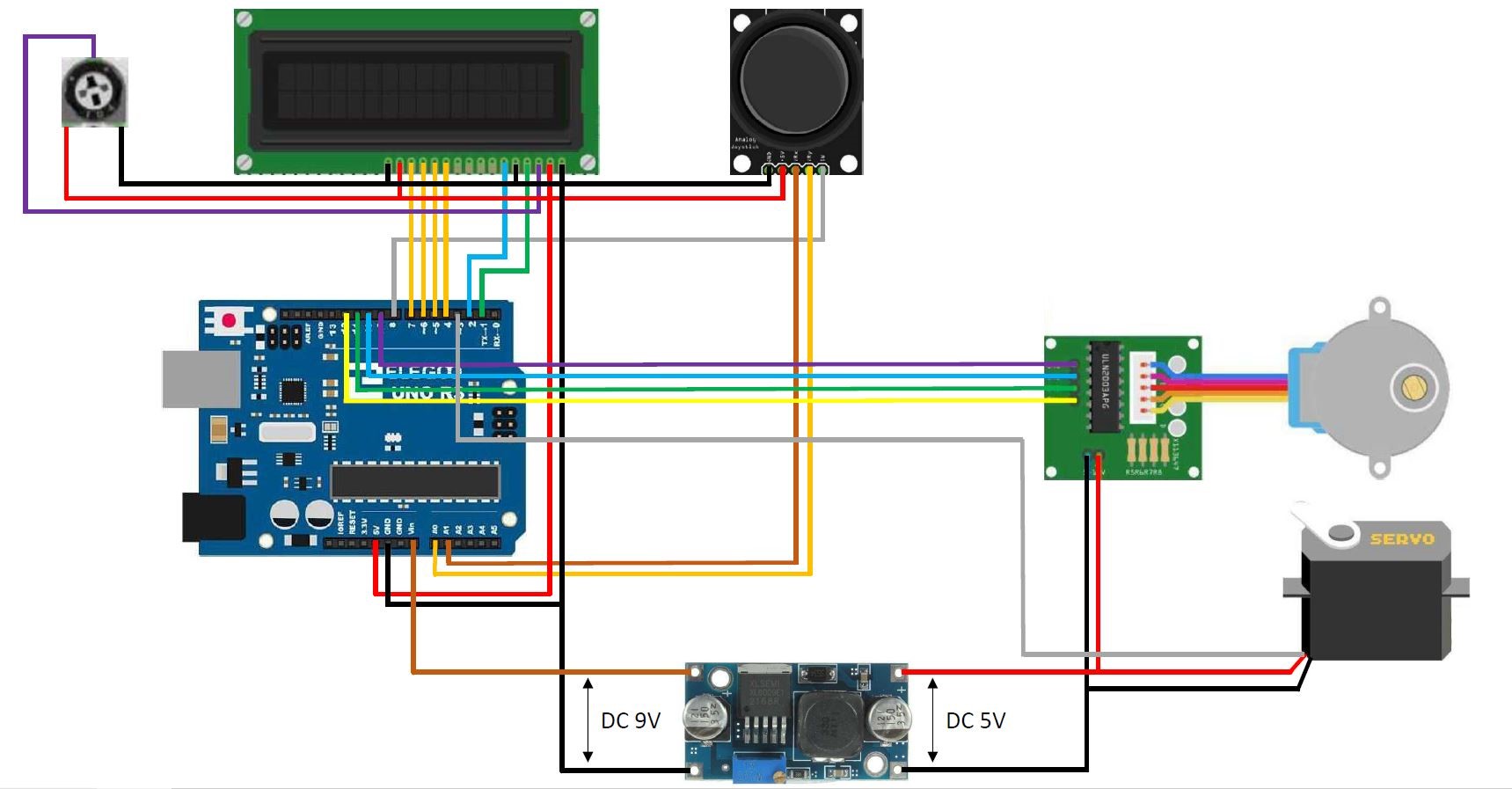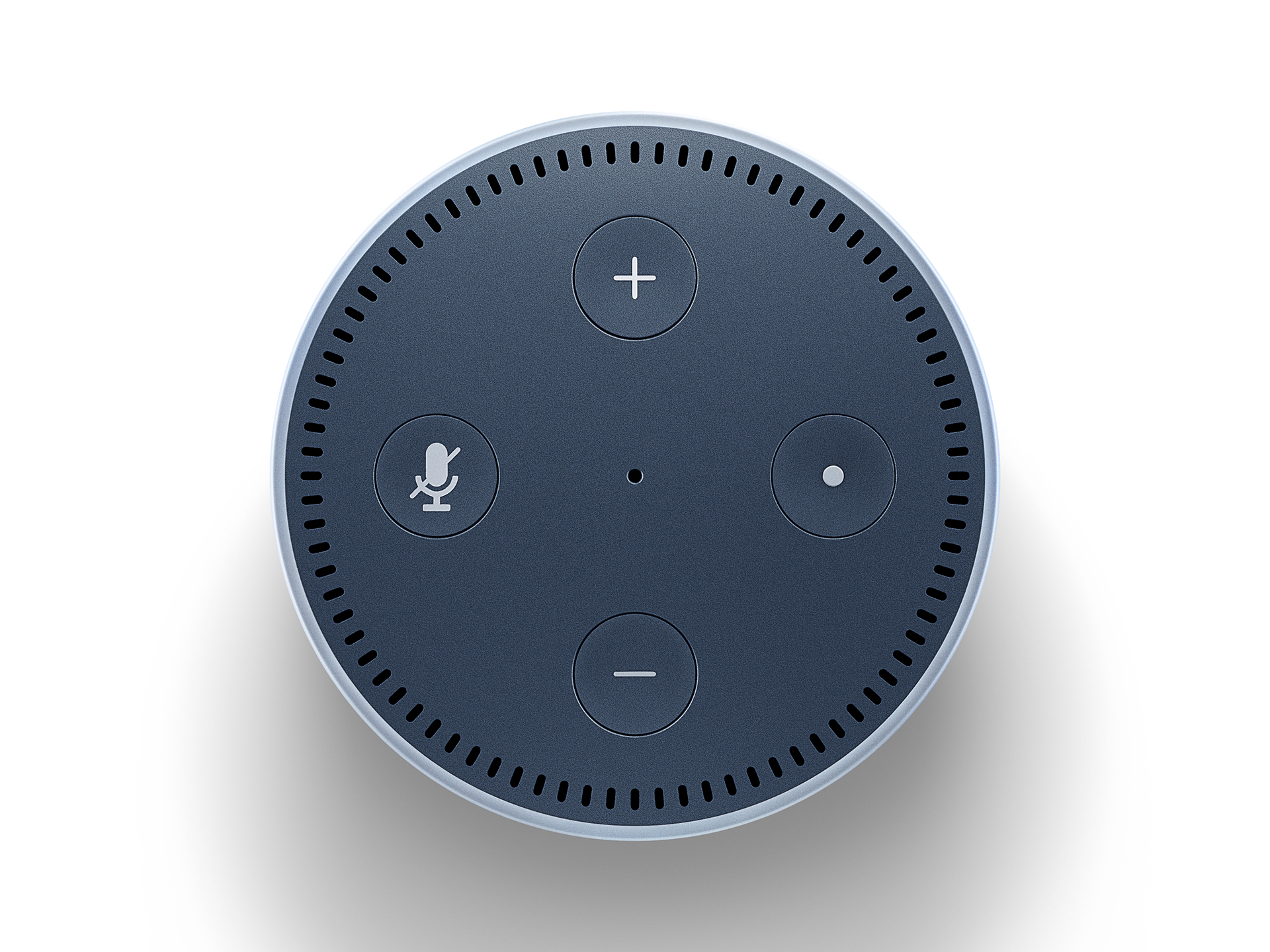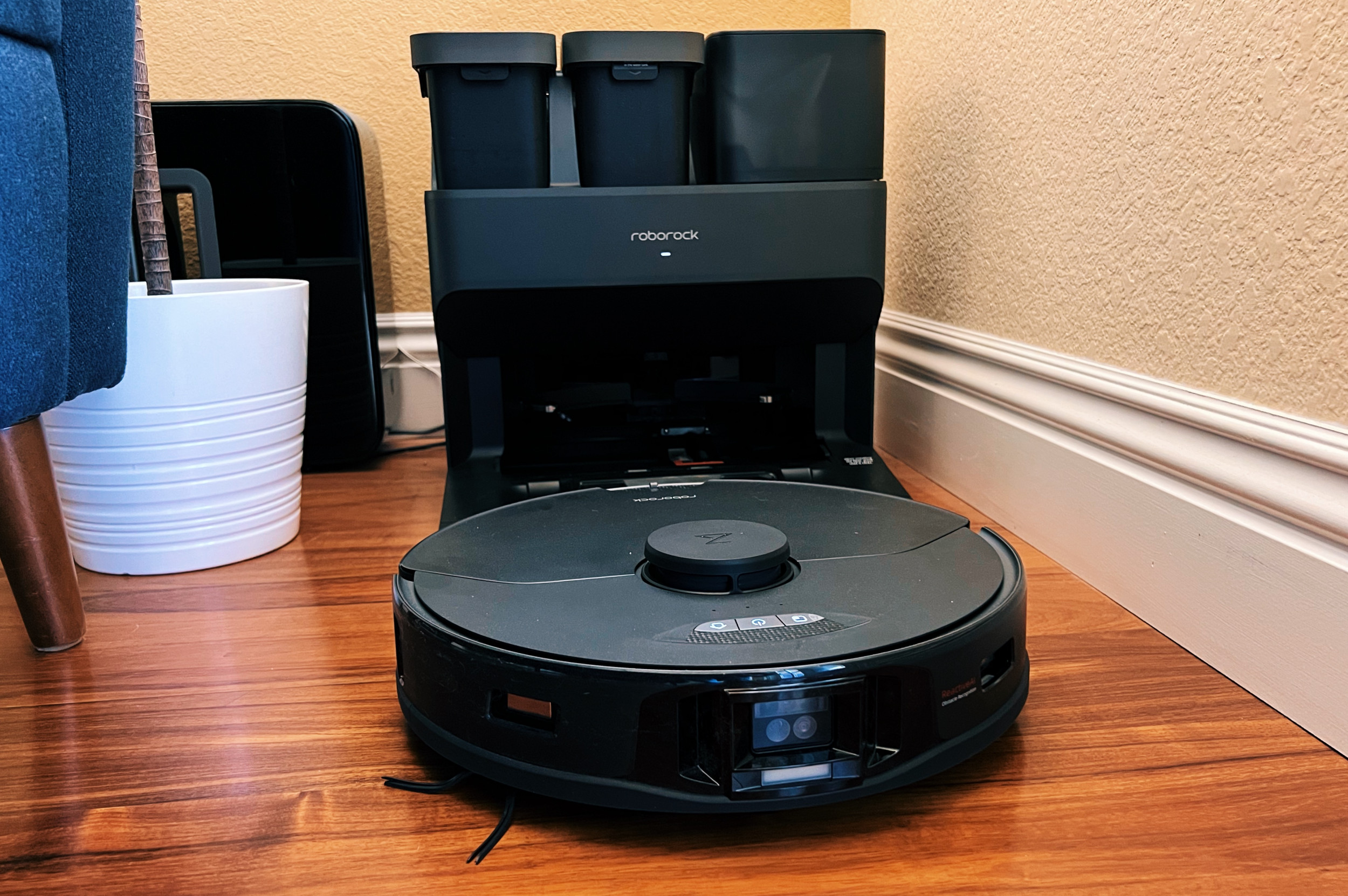What Coding Language is Arduino
When it comes to programming Arduino boards, the coding language used is a crucial aspect to understand. Essentially, Arduino boards can be programmed using various coding languages, but the most commonly used language is C++. Arduino uses a simplified version of C++, which is compatible with traditional C++ programming, making it accessible for both beginners and experienced programmers.
C++ is a high-level, general-purpose programming language that offers a wide range of functionality and flexibility. It is commonly used in the development of applications, software, and embedded systems. Arduino IDE (Integrated Development Environment) provides a user-friendly platform for writing and compiling C++ code specifically for Arduino boards.
Within the Arduino environment, the primary programming language is referred to as the Arduino Programming Language or Arduino Sketch, which is essentially a subset of C++. The Arduino Sketch contains two main functions: void setup() and void loop(). The setup function is used to initialize variables, pin modes, and other setup tasks, while the loop function executes the main program code repeatedly.
Although C++ is the main programming language for Arduino, it is worth noting that Arduino can also be programmed using other languages such as Python, JavaScript, and Lua. These languages provide different features and advantages, expanding the possibilities for programming Arduino boards.
Python, a popular and user-friendly programming language, can be used with Arduino by utilizing libraries such as “pyFirmata” or “Arduino Python”. With Python, you can easily interact with Arduino’s digital and analog inputs and outputs, making it an excellent choice for beginners or those with experience in Python programming.
JavaScript, a widely-used web programming language, can also be employed for Arduino programming. By using the “Johnny-Five” library, JavaScript developers can easily integrate Arduino boards into their web applications, creating interactive and IoT (Internet of Things) projects.
Lua, a lightweight scripting language, can also be utilized for Arduino programming through the “LuaLoader” software. Lua simplifies the coding process and allows for rapid prototyping, making it ideal for quick development and testing of Arduino projects.
In summary, while the main coding language used for Arduino is C++, there are also options to program Arduino boards using Python, JavaScript, and Lua. Each language has its own strengths and areas of expertise, providing flexibility and versatility for Arduino programmers. Whether you are a beginner or an experienced developer, Arduino offers a wide range of coding options to bring your projects to life.
Introduction
Arduino is a popular open-source electronics platform that allows creators, hobbyists, and engineers to build a wide range of electronic projects. From simple blinking LED lights to advanced robotics, Arduino provides a versatile platform for bringing ideas to life. But what coding language does Arduino use?
Understanding the coding language used in Arduino is essential for anyone looking to delve into the world of Arduino programming. Arduino boards can be programmed using various coding languages, with the most commonly used language being C++. C++ is a powerful and widely-used programming language, known for its efficiency and versatility. It is commonly used in the development of applications, software, and embedded systems.
To make Arduino programming more accessible to beginners and experienced programmers alike, Arduino utilizes a simplified version of C++, which is compatible with traditional C++ coding. This makes it easier to write and understand code for Arduino projects.
However, it’s important to note that Arduino has its own specific programming language known as Arduino Sketch or Arduino Programming Language. Arduino Sketch is essentially a subset of C++, with some specific functions and features tailored to Arduino boards. The Arduino Sketch consists of two main functions: void setup() and void loop(). The setup() function is used for initializing variables, configuring pin modes, and other setup tasks, while the loop() function executes the main program code repeatedly.
In addition to C++, Arduino can also be programmed using other coding languages such as Python, JavaScript, and Lua. These languages offer different features and advantages, expanding the possibilities for programming Arduino boards.
Python, a popular and user-friendly programming language, can be used with Arduino by leveraging libraries such as “pyFirmata” or “Arduino Python”. Python enables seamless interaction with Arduino’s digital and analog inputs and outputs, making it a great choice for beginners or those with experience in Python programming.
JavaScript, a widely-used web programming language, can also be employed for Arduino programming. With the help of the “Johnny-Five” library, JavaScript developers can effortlessly integrate Arduino boards into their web applications, allowing for interactive and IoT (Internet of Things) projects.
Lua, a lightweight scripting language, can also be utilized for Arduino programming through the “LuaLoader” software. Lua simplifies the coding process and enables rapid prototyping, making it an ideal choice for quick development and testing of Arduino projects.
In this article, we will explore in detail the various coding languages used in Arduino programming, including their features and benefits. Whether you’re just starting out or have experience in programming, understanding the coding languages for Arduino will empower you to create exciting and innovative projects.
Arduino Languages
When it comes to coding Arduino boards, there are several programming languages you can use to bring your projects to life. The primary language used for Arduino is C++. C++ is a high-level programming language that offers a wide range of functionality and is compatible with many platforms. It is known for its efficiency, flexibility, and extensive libraries, making it a popular choice for Arduino programming.
The Arduino IDE (Integrated Development Environment) provides a user-friendly platform for writing and compiling C++ code specifically for Arduino boards. The IDE simplifies the process of programming Arduino, making it accessible even to beginners who are new to coding.
However, Arduino has its own programming language called Arduino Sketch or Arduino Programming Language. Arduino Sketch is essentially a simplified version of C++ with some specific functions and features designed for Arduino boards. It provides a straightforward and intuitive way to write code for Arduino projects. The sketch consists of two main functions: void setup() and void loop(). The setup() function is used for initialization tasks, such as setting pin modes and initializing variables. The loop() function is where the main program logic resides, executing repeatedly as long as the Arduino board is powered on.
In addition to C++ and Arduino Sketch, Arduino can be programmed using other languages as well. Python, a versatile and beginner-friendly programming language, has gained popularity as a language choice for Arduino projects. With Python libraries like “pyFirmata” and “Arduino Python,” developers can interact with Arduino’s digital and analog inputs and outputs, enabling them to create various applications and projects.
JavaScript, a widely-used web programming language, can also be used to program Arduino boards. The “Johnny-Five” library provides an abstraction layer that allows developers to control Arduino boards using JavaScript. This opens up possibilities for creating web-based applications and IoT projects that connect Arduino devices with web technologies.
Another programming language that can be used with Arduino is Lua. Lua is a lightweight and powerful scripting language that is often used for embedded systems. With the help of the “LuaLoader” software, Arduino boards can be programmed using Lua, allowing developers to quickly prototype and test their projects.
In summary, Arduino offers a variety of programming languages to suit different needs and preferences. The primary language used is C++, with the Arduino Sketch providing a simplified version of C++ specifically designed for Arduino boards. Additionally, Python, JavaScript, and Lua can also be used for Arduino programming, opening up even more possibilities for creating unique and innovative projects.
C++
C++ is the primary programming language used for Arduino boards. It is a powerful and versatile programming language widely used in various domains, including application development, software engineering, and embedded systems. C++ offers a wide range of functionality, performance optimization, and extensive libraries, making it an ideal choice for programming Arduino projects.
Arduino boards can be programmed in C++ using the Arduino IDE (Integrated Development Environment). The Arduino IDE provides a user-friendly platform for writing and compiling C++ code specifically for Arduino boards. It simplifies the process of programming Arduino, even for beginners who are new to coding.
One of the advantages of using C++ with Arduino is its compatibility with traditional C++ coding. The Arduino language is essentially a subset of C++, meaning that existing C++ code can be easily adapted for Arduino projects. This allows developers with C++ experience to leverage their knowledge and build complex applications tailored to Arduino boards.
C++ offers a wide range of features that can enhance Arduino projects. Object-oriented programming, templates, and libraries are just a few examples of what makes C++ a powerful language. With object-oriented programming, you can create modular and reusable code, making it easier to manage and maintain complex projects. Templates provide a way to write generic code that can be used with different data types, ensuring code efficiency and reusability. The vast collection of libraries available in C++ allows developers to access pre-written code for various functionalities, such as controlling hardware components or communicating with external devices.
Using C++ also allows for low-level programming, giving direct control over the microcontroller’s resources. This level of control is crucial for tasks that require precise timing, such as controlling sensors or actuators in real-time applications. With C++, developers can optimize code for memory usage and execution speed, making it suitable for resource-constrained environments.
While C++ provides powerful features and flexibility, it is important to note that learning C++ may require some time and effort, especially for beginners. However, the Arduino community offers extensive documentation, tutorials, and examples to help beginners get started with programming Arduino using C++.
In summary, C++ is the primary programming language used for Arduino boards. With its extensive features, compatibility with traditional C++ coding, and access to a wide range of libraries, C++ provides developers with the flexibility and power to create innovative and complex projects. Although mastering C++ may take time, the Arduino community provides ample resources and support to help beginners learn and leverage the full potential of this language for Arduino programming.
Arduino Programming Language
The Arduino Programming Language, also known as Arduino Sketch, is a simplified version of the C++ programming language specifically tailored for Arduino boards. It provides an accessible and user-friendly way to program Arduino devices, making it a popular choice for both beginners and experienced programmers.
One of the key features of the Arduino Programming Language is its simplicity. Unlike the full-fledged C++ language, the Arduino language focuses on the essentials needed for programming Arduino boards. It eliminates complex syntax and features, providing a more straightforward and intuitive coding experience. This simplicity allows beginners to get started with Arduino programming quickly, without being overwhelmed by the intricacies of the C++ language.
Arduino Sketch comprises two main functions: void setup() and void loop(). The setup() function is called once when the Arduino board starts up and is used to initialize variables, configure pin modes, and perform other necessary setup tasks. The loop() function, as the name suggests, runs continuously in a loop after the setup() function has completed. It contains the main program logic and executes repeatedly until the Arduino board is powered off or reset.
The Arduino Programming Language provides access to a set of built-in functions and libraries that make it easy to control and interact with Arduino’s hardware. These functions simplify tasks like reading analog and digital inputs, controlling outputs, and communicating with other devices or sensors. With these functions at your disposal, you can quickly prototype and develop a wide range of projects, from simple experiments to complex interactive systems.
While the Arduino Programming Language is a simplified version of C++, it is worth noting that it is still compatible with traditional Arduino programming using C++. As a result, any code or libraries written in C++ can be easily integrated into Arduino Sketch. This compatibility allows you to take advantage of the extensive resources available in the C++ community.
The Arduino environment, which includes the Arduino IDE (Integrated Development Environment), provides a seamless development workflow for writing, compiling, and uploading Arduino Sketches to the Arduino board. The IDE offers features like syntax highlighting, auto-completion, and error checking, making it easier to write and debug Arduino code.
In summary, the Arduino Programming Language, or Arduino Sketch, is a simplified version of the C++ language specifically designed for programming Arduino boards. It offers a user-friendly and accessible approach to Arduino programming, with built-in functions and libraries that streamline hardware control and interaction. Whether you’re a beginner exploring the world of Arduino or an experienced programmer, the Arduino Programming Language provides a powerful and convenient way to bring your ideas to life on Arduino boards.
Arduino Sketch
The Arduino Sketch is the specific programming language used within the Arduino environment. It is a simplified version of the C++ language and is designed to make programming Arduino boards more accessible and user-friendly. The Arduino Sketch, also known as the Arduino Programming Language, provides a straightforward way to write code for Arduino projects, even for beginners with minimal coding experience.
An Arduino Sketch consists of two essential functions: void setup() and void loop(). The setup() function is called once when the Arduino board starts up and is used to initialize variables, configure pin modes, and set initial conditions. This function is typically used to perform any necessary setup tasks before the main program starts running.
The loop() function is the heart of the Arduino Sketch. It runs continuously in a loop after the setup() function is executed. The code within the loop() function is repeatedly executed until the Arduino board is powered off or reset. It is in this function that the main program logic resides, allowing you to control the behavior of your Arduino project.
The Arduino Sketch provides access to a range of built-in functions and libraries that simplify common tasks related to interacting with Arduino’s hardware. These functions allow you to read analog and digital inputs, control outputs, and communicate with other devices or sensors. The availability of these functions makes it easier and more efficient to work with Arduino boards and accelerates the development process.
While the Arduino Sketch is a simplified version of C++, it is important to note that it is fully compatible with traditional C++ programming. This means that any code or libraries written in C++ can be easily incorporated into an Arduino Sketch, giving you access to the extensive resources and functionality available within the C++ community. This compatibility allows developers with C++ experience to leverage their knowledge and skills when programming Arduino boards.
One of the strengths of the Arduino Sketch is the development environment that supports it. The Arduino Integrated Development Environment (IDE) provides a user-friendly platform for writing, compiling, and uploading Arduino Sketches to the Arduino board. The IDE offers features such as syntax highlighting, auto-completion, and error checking, making it easier to write and debug Arduino code. It also provides a serial monitor that allows you to monitor the output of your Arduino project and interact with it through the computer.
In summary, the Arduino Sketch is the programming language specific to the Arduino environment. It is a simplified version of C++ that makes programming Arduino boards more accessible and intuitive. With the setup() and loop() functions, along with the built-in functions and libraries, the Arduino Sketch provides a powerful yet user-friendly platform for developing Arduino projects. Whether you are a beginner or an experienced programmer, the Arduino Sketch helps you bring your ideas to life on Arduino boards with ease.
Python and Arduino
Python, a versatile and beginner-friendly programming language, can be used in conjunction with Arduino for programming and controlling Arduino boards. With Python, developers can take advantage of its simplicity and extensive libraries to interact with Arduino’s digital and analog inputs and outputs, opening up a wide array of possibilities for Arduino projects.
To use Python with Arduino, you can make use of libraries such as “pyFirmata” or “Arduino Python”. These libraries establish a connection between Python and Arduino, allowing you to control Arduino’s pins, read sensor data, and send commands from Python programs. This integration enables seamless communication between Python and Arduino, making it easy to create interactive applications, automation systems, or even IoT (Internet of Things) projects.
One of the main advantages of using Python with Arduino is its simplicity and ease of use. Python’s syntax is relatively straightforward and readable, making it ideal for beginners or those who are new to programming. This simplicity allows users to quickly get started with Arduino programming and begin experimenting with different functionalities and sensors.
Furthermore, Python’s extensive library ecosystem provides a wide range of modules and packages that can be utilized in combination with Arduino. These libraries offer ready-to-use code and functions for various tasks, such as handling data from sensors, interacting with external devices, or integrating with web services. This simplifies the programming process and reduces the development time required for Arduino projects.
Another advantage of using Python with Arduino is the availability of advanced data processing and analysis capabilities. Python excels in data manipulation and analysis, making it suitable for applications that involve collecting and processing large amounts of sensor data or implementing complex algorithms. With Python, you can perform real-time data analysis, visualization, and machine learning directly on the Arduino board or on a connected computer.
In addition, Python’s versatility as a general-purpose programming language allows you to expand beyond Arduino and integrate other technologies or platforms into your projects. You can leverage Python’s capabilities to connect Arduino boards to web applications, databases, or other IoT devices, creating more advanced and interconnected systems.
In summary, Python offers a user-friendly and versatile option for programming Arduino boards. With its simplicity, extensive libraries, and advanced data processing capabilities, Python provides a powerful tool for controlling Arduino’s inputs and outputs. Whether you are a beginner or an experienced developer, Python opens up a world of possibilities for creating interactive and innovative Arduino projects.
JavaScript and Arduino
JavaScript, a widely-used web programming language, can also be utilized for programming and controlling Arduino boards. With the help of the “Johnny-Five” library, JavaScript developers can easily integrate Arduino devices into their web applications, creating dynamic and interactive projects that bridge the gap between the physical and digital worlds.
The Johnny-Five library acts as a bridge between JavaScript and Arduino, allowing developers to control Arduino’s pins, read sensor data, and send commands directly from their JavaScript programs. This integration enables seamless communication and interaction between the Arduino board and the web application, making it possible to build IoT (Internet of Things) projects or interactive web-based interfaces.
One of the main advantages of using JavaScript with Arduino is its ubiquity and popularity. JavaScript is the language of the web, and its widespread usage means that many developers are already familiar with its syntax and concepts. This makes it easier to transition into Arduino programming using JavaScript and leverage existing web development skills.
Additionally, JavaScript provides a rich set of libraries and frameworks that can be used in combination with Arduino. These libraries offer functionalities for data visualization, animation, and interactivity, allowing developers to create visually appealing and engaging user interfaces for their Arduino projects. By combining the power of JavaScript and Arduino, you can create web-controlled robots, data monitoring applications, or even browser-based games that interact with physical sensors and actuators.
Another advantage of using JavaScript with Arduino is the ability to leverage web technologies and APIs. JavaScript has extensive support for accessing web services, databases, or external APIs, making it possible to integrate Arduino projects with online services. This integration enables features such as remote control, data logging, or real-time data analysis and visualization.
Moreover, JavaScript’s asynchronous nature and event-driven programming model make it well-suited for handling the non-blocking input and output operations often encountered in Arduino projects. This allows for responsive and interactive applications that can process sensor data, trigger actions based on events, or communicate with other devices in real-time.
In summary, JavaScript offers a powerful and versatile option for programming and controlling Arduino boards. With its wide adoption, extensive libraries, and integration with web technologies, JavaScript provides developers with the tools needed to create dynamic and interactive Arduino projects. Whether you are a web developer looking to expand into electronics or an Arduino enthusiast wanting to enhance your projects with web-based interfaces, JavaScript opens up a world of possibilities for combining the physical and digital realms.
Lua and Arduino
Lua, a lightweight and powerful scripting language, can also be used for programming and controlling Arduino boards. With the help of the “LuaLoader” software, Lua scripts can be uploaded and executed on Arduino, allowing for rapid prototyping and development of Arduino projects.
One of the key advantages of using Lua with Arduino is its simplicity and ease of use. Lua has a minimalistic syntax and a compact runtime, making it lightweight and efficient for embedded systems like Arduino. Its simplicity allows beginners to quickly grasp the language and start experimenting with Arduino projects without the need for extensive programming knowledge.
With the LuaLoader software, Lua scripts can be easily uploaded to Arduino boards through a serial connection. This means that you can make changes to your Lua code and quickly test and iterate on your Arduino project without the need for complicated compile and upload processes.
Lua offers a wide range of built-in functions and libraries that simplify common programming tasks, making it ideal for rapid prototyping. From reading and writing I/O pins to communicating with sensors or actuators, Lua provides a straightforward and intuitive way to interact with Arduino’s hardware capabilities.
Another advantage of using Lua with Arduino is its scripting capabilities. Lua is known for its exceptional scripting features, including coroutines and metatables. These features enable developers to create modular and flexible code structures, allowing for easier code organization, code reuse, and scalability within Arduino projects.
Additionally, Lua’s lightweight runtime and efficient execution make it an excellent choice for projects with limited resources. Arduino boards often have limited memory and processing power, and Lua’s small memory footprint and efficient execution make it a viable option for resource-constrained projects.
While Lua may not be as widely used as languages like C++ or Python, it offers a unique set of features that can enhance the development of Arduino projects. Its simplicity, rapid prototyping capabilities, and scripting features make Lua a valuable tool for quickly developing and testing Arduino projects, especially for those looking for a lightweight and efficient scripting language option.
In summary, Lua provides a lightweight and powerful scripting language for programming and controlling Arduino boards. With its simplicity, rapid prototyping capabilities, and scripting features, Lua offers an alternative option for developers who want to experiment with Arduino projects. Whether you are a beginner or experienced programmer, Lua’s minimalistic syntax and efficient runtime make it a valuable tool for rapid development and testing within the Arduino ecosystem.
Conclusion
In conclusion, Arduino offers a variety of coding languages that you can use to program and control Arduino boards. The primary language for Arduino is C++, which provides a powerful and versatile option for building projects. With its compatibility with traditional C++ programming and extensive libraries, C++ offers flexibility and the ability to create complex applications tailored to Arduino boards.
Additionally, Arduino has its own specific programming language called Arduino Sketch, which is a simplified version of C++. Arduino Sketch makes programming Arduino more accessible and user-friendly, with its straightforward syntax and built-in functions for controlling hardware components.
Apart from C++ and Arduino Sketch, you can also explore programming Arduino with languages like Python, JavaScript, and Lua. Python provides a beginner-friendly and versatile language option, with its extensive libraries and data processing capabilities. JavaScript, being the language of the web, offers integration with web technologies, creating dynamic and interactive projects. Lua, with its simplicity and scripting features, offers a lightweight option for rapid prototyping and resource-constrained projects.
Each of these languages has its own strengths and advantages, allowing you to choose the one that best suits your programming background, project requirements, and personal preferences. Whether you’re a beginner taking your first steps in programming or an experienced developer creating advanced applications, Arduino’s range of coding languages provides flexibility and opens up a world of possibilities for bringing your ideas to life.
No matter which language you choose, Arduino’s supportive community, extensive documentation, and rich library ecosystem ensure that you will have plenty of resources and support available as you embark on your Arduino programming journey. So, pick a language, dive in, and start creating amazing projects with Arduino today!







